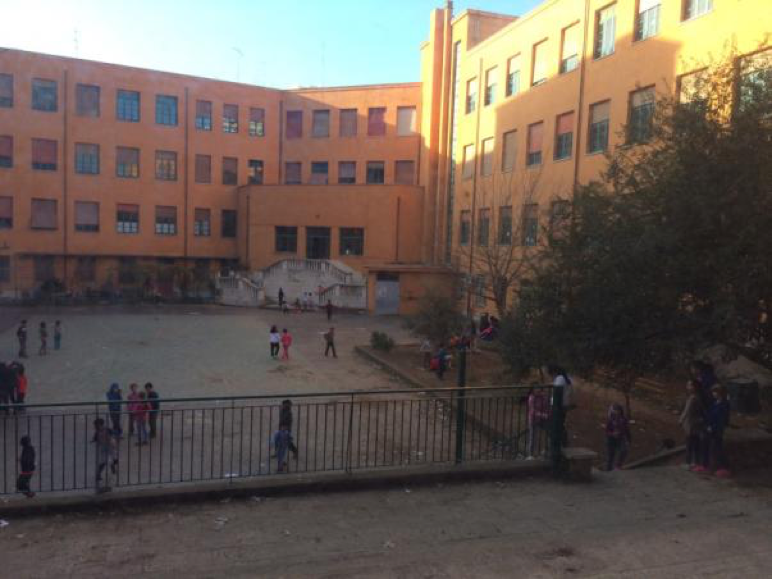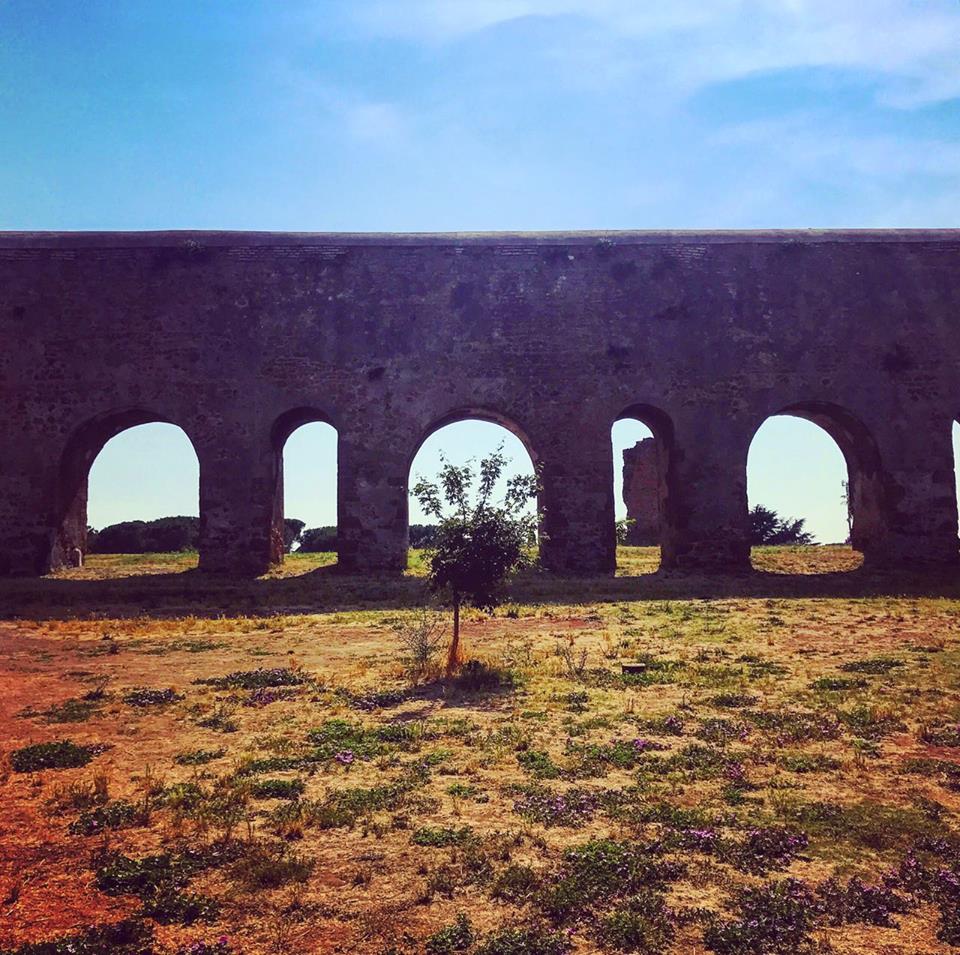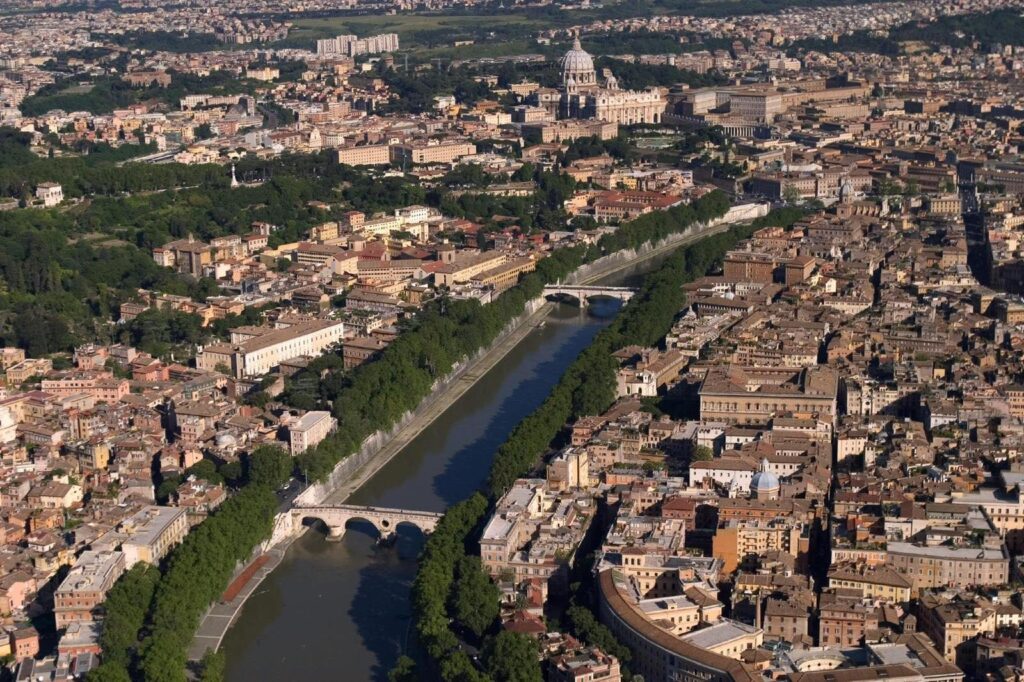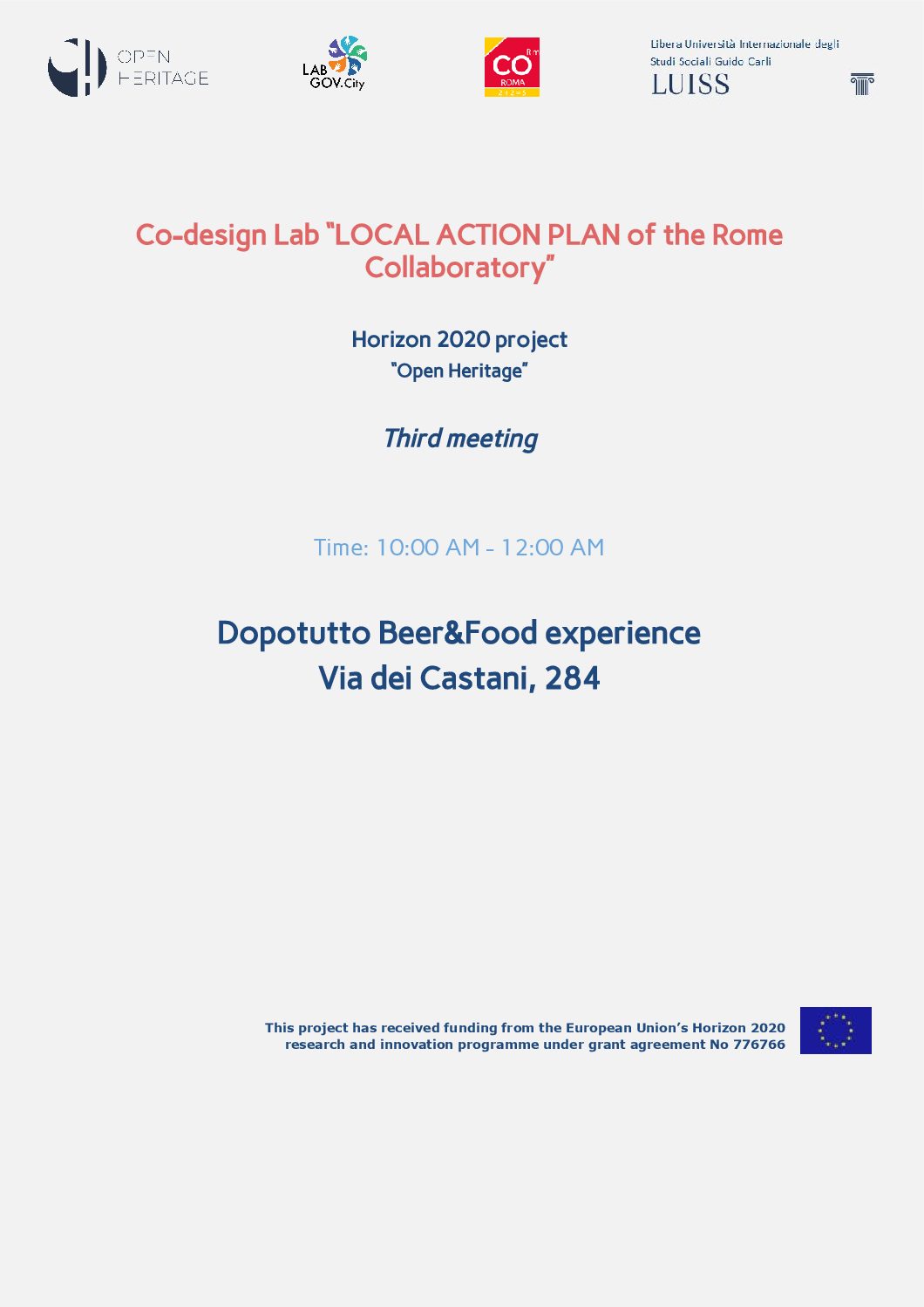The application of the first phases foreseen by the Protocol CO-Città[1] (know and map) on the Roman territory has led to the identification of different areas potentially suitable to become experimental sites where to develop new forms of governance of common goods. Through the process of mapping, analog and digital, have emerged the limits and weaknesses of some of the sites previously hypothesized through the phase of cheap talks, a series of informal meetings dedicated to the theme of common assets that involved university students, scholars, activists, professionals and experts in the key areas of urban co-governance and representatives of collaborative communities active in the Roman territory. The objective of the mapping was to identify the common assets present on the territory and the actors and communities around these assets. At the same time, this process has allowed a first verification to verify the actual presence of the characteristics suitable for access to the prototyping phase of urban co-governance.
Practice
The first two phases have made it possible to identify the area of Municipality V as the most suitable to become a testing site, as it is characterized by different environmental problems, social and cultural but also populated by actors with a strong predisposition to collaboration. At this point it was necessary to further reduce the range of action to focus on three test districts, more specifically Tor Pignattara, Tor Tre Teste and Centocelle, within which conduct the different micro-interventions of civic collaboration that constitute the phase of “practice”. In this phase it is previewed the planning and/or realization of small participations, activities to low cost or to cost zero that demand a not important degree of engagement from the actors involved and that they have a strong relational character, so as to create a climate of trust between the community and researchers of the governance of the common good. Examples of micro-interventions are the realization of a shared garden, the cleaning of a space, micro-regeneration actions or the organization of an event with a cultural character.
Tor Pignattara
In the area of Tor Pignattara the Pisacane Elementary School has been identified as a suitable place for experimentation because, in addition to being a common cognitive good of great importance, is also an institute located in a highly multi-ethnic neighborhood and characterized by conditions of scarcity of goods and services. Despite the different problems that arise from these characteristics, within the institute the various actors (parents, teachers and local associations) have been active and participatory and have established different forms of cooperation through which to manage this asset. The micro-interventions, designed through co-design sessions involving students, experts and representatives of local associations, began with on-site visits and listening moments with parents and teachers to identify the best ways of intervention. In order for the interventions to succeed in their aim to create a climate of trust and to stimulate participation, it was important to work on the construction of an identity process that could include the plurality of actors in the neighborhood and that would bring the to recognize the value of the common good. It is important to note that the school, at the time of the intervention, thanks to the victory of a notice Culturability had already activated a process aimed at transforming the gym in a multipurpose center accessible in the extra-hourswith the aim of creating an intercultural centre open to all. In addition to carrying out this project, other micro-interventions have been designed such as the regeneration of the outdoor courtyard, in a state of neglect, the redevelopment of the garden already present, where children usually take classes outdoors, and the construction of a vegetable garden in caissons.
Specifically, two days of meetings were organized on 8 and 9 April, aimed at promoting the regeneration of the courtyard, through activities and games. This intervention has unfortunately not developed in subsequent interventions, since the process of collaboration has stopped due to the will of the most active actors of the school who, while sharing the objectives and strategies of the path, have chosen to continue independently without “interference” from the outside and adopting a non-cooperative method, preferring not to co-manage the project.
As for the area of the Sangalli Park, identified as another possible experimental site in the district, the micro-objective was to improve the level of usability of the Giordano Sangalli Park, located in the eastern suburbs of Rome, along part of the Alexandrian Aqueduct, in a green area recovered and included in 1995 by the Ministry of Cultural and Environmental Heritage in the area of archaeological interest called “Ad duas lauros”. The inspections have revealed how the park, which falls in a territory with little public green per capita, is perceived by the community as a fundamental place of belonging, sharing and recreation, whose use is limited by the state of degradation in which it is. In recent years, the inhabitants of the neighborhood have already engaged in activities of care, cleaning and organization of events, but struggle to cope with some urgent needs for maintenance and restoration of the property, which require economic resources. As part of the CO-Roma project, a series of meetings involving the Committee of Torre Spaccata District and in particular Claudio Gnessi, served to hypothesize a series of activities, including the cleaning of the parts of Aqueduct falling in the park, the restoration of existing sessions and the involvement in the cleaning and maintenance of the park of unemployed residents in the area, for which a reimbursement of expenses is provided. The area has characteristics suitable for the development of forms of urban co-government, and experimentation in this area is still ongoing.
Tor Tre Teste
Through meetings with the actors in the micro-district Tor Tre Teste and on-site inspections at the former Cantarini factory, two hypotheses occurred: the first was about the possibility of temporarily using the spaces of the ex-factory, as part of the Print Tor tre Teste, while the second concerned the possibility of defining the functions of residential complexes under construction or still to be realized in terms of collaboration, imagining the creation of a collaborative compound that would include common spaces such as Fab Lab, Community gardens and other innovative projects. This process has highlighted some needs, including the importance of finding a connection between the various local actors and the need to work on “temporariness”, on those time lapses that elapse between the beginning of an urban planning project and its implementation. There was also the question of the best way to involve the community in the regeneration process. The process in the Tor Tre Teste shipyard was not then carried out due to the coincidence of the times of the experimentation process with the times of the planning that was developing and within the PRINT Tor Teste.
Centocelle
From the analysis of the obstacles found in two of the three micro-trials launched, it was possible to identify some of the barriers that prevent the implementation of a co-governance strategy at neighbourhood level, but at the same time those factors have emerged that favor the activation of a process of civic collaboration.
In the district of Centocelle was developed one of the most successful micro-interventions, which consisted in the organization of the day-event ‘Together for the common good – from earth to heaven”, an operation of civic maintenance and urban mending within a day of celebration under the banner of collaboration. The event, which we talked about in detail in this post, took place on May 7, 2016 at “Isola Felice”, garden adjacent to the Church of San Felice da Cantalice, and represented the conclusion of the path carried out by LabGov within LUISS Edu Lab 2015-2016 and at the same time the beginning of a wider path of collaboration that then started with the local community, and that is still in progress. During the day has in fact happened the delivery of the garden in large chests, made by the students of the Laboratory Luiss LabGov, thanks to the donation of chests by the Association 100 and head (an association of parents and grandparents of the Cecconi primary school in Centocelle), which is also committed to the future care of the garden. Objective of the day, In addition to the dissemination of a good practice of environmental protection and civic use of the neighborhood through recreational activities and workshops and walking or cycling, it was precisely the creation of a first moment of encounter through which to involve the community.
The success of the experimentation in the district of Centocelle and the identification within it of many of the characteristics suitable for the development of a collaborative process have led to the selection of this area as the central site of the CO-Roma process. Later, working with the local community and with the five actors of urban governance (public, private, cognitive, social and civic) we identified the area of the Centocelle Archaeological Park (better described in this post) as a micro-site in which to activate the next phase of the CO-Citty Protocol, dedicated to prototyping.
[1] A description of the early stages of the co-cities protocol is available at this link.




